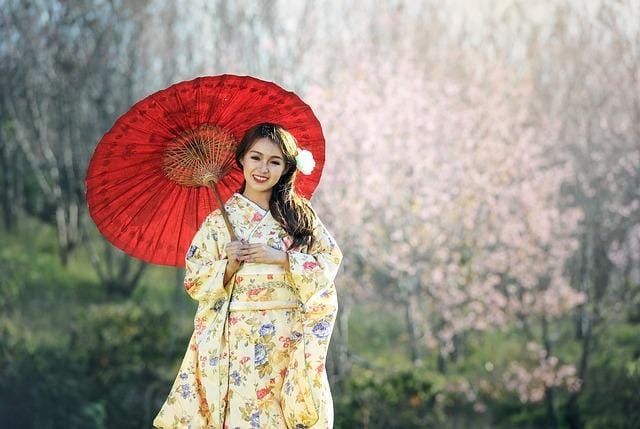How are traditional costumes used in Kabuki performances?
Traditional Japanese Puppet Theater: Bunraku and Kabuki
Delve into the captivating world of Traditional Japanese Puppet Theater with our comprehensive guide. From the intricate puppetry of Bunraku to the dynamic performances of Kabuki, Japan offers a rich theatrical heritage that continues to mesmerize audiences worldwide. Join us as we explore the history, techniques, and 文化的意義 of these iconic Japanese art forms.
Bunraku: The Art of Japanese Puppet Theater
Bunraku, also known as Ningyō Jōruri, is a form of traditional Japanese puppet theater that originated in the kabuki-dance-drama/” title=”7 Captivating Insights into Japan's Kabuki Dance Drama”>early 17th century. Characterized by its elaborate puppets and complex storytelling, Bunraku combines narration, music, and puppetry to create a unique theatrical experience.
History of Bunraku
Bunraku emerged in Osaka during the Edo period and was influenced by earlier forms of puppetry and storytelling. Over time, it evolved into a highly sophisticated performance art, gaining popularity among diverse audiences. The art form heavily relies on a partnership between puppeteers, narrators, and musicians.
Techniques and Puppetry
- Three-Person Puppetry: Each puppet, typically about half life-size, is operated by three puppeteers. The main puppeteer controls the head and right arm, while the other two manage the left arm and legs.
- Musical Accompaniment: Bunraku performances feature music played on traditional Japanese instruments, such as the shamisen, enhancing the emotional depth of the storytelling.
- Narration: The narrative is delivered by a skilled storyteller called a Tayū, whose voice conveys the emotions and actions of the characters.
Cultural Significance
Bunraku has been recognized as a UNESCO Intangible Cultural Heritage, highlighting its importance in Japanese culture. Its themes often revolve around historical events, folktales, and human emotions, providing insight into Japanese society and traditions.
Kabuki: The Spectacle of Japanese Drama
Kabuki is another traditional Japanese art form, known for its vibrant costumes, elaborate makeup, and dynamic performances. Unlike Bunraku, Kabuki involves live actors who bring stories to life through dance, drama, and music.
History of Kabuki
Created in the early 17th century by a woman named Izumo no Okuni, Kabuki quickly grew in popularity and evolved over the years. Initially performed by women, it transitioned to an all-male cast due to governmental regulations. Today, Kabuki remains one of Japan’s most enduring and beloved theatrical traditions.
Performance Elements
- Elaborate Costumes and Makeup: Characters in Kabuki wear elaborate costumes and striking makeup, known as Kumadori, which highlights their roles and emotions.
- Dance and Music: Kabuki performances incorporate traditional Japanese dance and music played on instruments such as the shamisen, drums, and flutes.
- Stagecraft: Kabuki theaters are equipped with revolving stages and trapdoors, allowing for dramatic scene changes and special effects.
Cultural Significance
Kabuki has been recognized as an Important Intangible Cultural Property and a UNESCO Intangible Cultural Heritage. It continues to capture the imagination of audiences with its storytelling, artistic expression, and theatrical innovation.
Comparing Bunraku and Kabuki
| 特徴 | Bunraku | 歌舞伎 |
|---|---|---|
| Performance Type | Puppet Theater | Live Acting |
| Origins | 17th Century, Osaka | 17th Century, Kyoto |
| 主要な要素 | Puppetry, Narration, Music | Dance, Drama, Music |
| Cultural Recognition | UNESCO Intangible Cultural Heritage | UNESCO Intangible Cultural Heritage |
| Main Audience | Adults | All Ages |
結論
The worlds of Bunraku and Kabuki offer fascinating glimpses into Japan’s rich cultural heritage. While Bunraku charms audiences with its intricate puppetry and emotional storytelling, Kabuki dazzles with its dramatic performances and visual splendor. Both art forms continue to thrive and captivate new generations, preserving and celebrating Japan’s unique theatrical traditions.
Whether you’re a seasoned theater enthusiast or a curious newcomer, experiencing Bunraku and Kabuki firsthand is a rewarding journey into the heart of Japanese culture.
